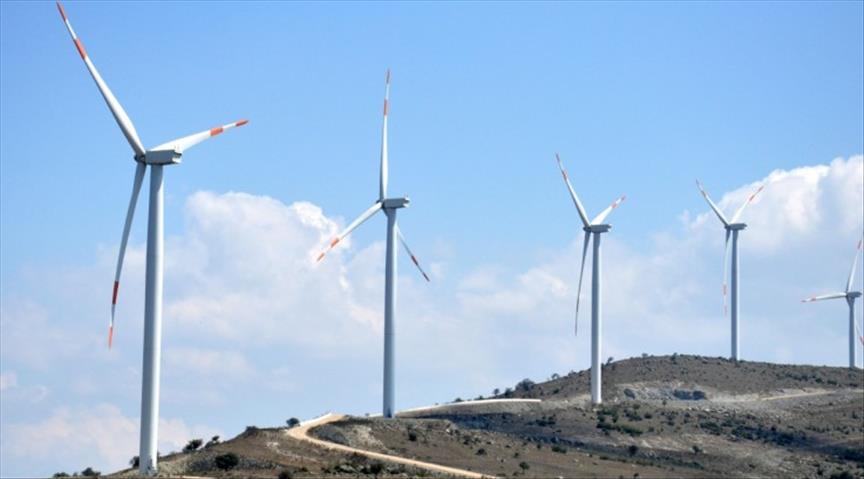Around 6.5 million deaths are attributed each year to air pollution, of which the energy sector is a major contributor to poor air quality through fossil fuels, can contribute to the solution through clean energy, International Energy Agency (IEA) said on Monday.
Air pollution, which has been associated with 6.5 million deaths, is considered the fourth largest threat to human health while other contributors include high blood pressure, poor diet and smoking, according to IEA.
According to the World Energy Outlook (WEO) published on Monday, energy production and consumption are the largest man-made sources of air pollutants.
Unregulated, poorly regulated or inefficient fuel combustion have a widespread impact on air pollution either directly or indirectly.
One of the air pollutants noted is in the burning of wood and other solid fuels.
"2.7 million people use wood and solid fuels for cooking, and kerosene is used for lighting which is associated with around 3.5 million premature deaths each year," the IEA underlined.
These polluting effects are felt mostly in developing Asia and Sub-Saharan Africa where the incomplete burning of biomass accounts for more than half of all emissions.
However, the combustion of coal and oil in power plants and industrial facilities, which has powered economic growth, has also been the main cause of outdoor pollution linked to around 3 million premature deaths each year.
"Coal is responsible for around 60 percent of global combustion-related sulfur dioxide emissions; a cause of respiratory illness and acid rain," the report stated.
- "Solution is evident, but the problem is far from being solved"
According to the IEA report, a growing awareness of air pollution together with energy transition post COP21 has put the aggregate global emissions of the main pollutants on a slowly declining trend to 2040.
In December 2015 at the COP21 conference, over 190 countries struck an international deal to keep global warming to below 2 degrees Celsius and agreed to take action to reduce climate change.
"In China, a strong policy focus on air quality bears fruit and the recent dip in pollutant emissions becomes a long term trend: emissions of particulate matter are 40 percent lower by 2040, as energy consumption growth slows, the energy mix diversifies away from coal and strict pollution controls are enforced," the report shows.
In India, the outlook for air pollution has worsened towards 2040 as energy demand will see a 150 percent rise. Despite tighter standards in the power and transport sectors, the replacement of traditional cooking fuels with LPG and ambitious targets for wind and solar, the growth in pollutant emissions is currently around 10 percent.
Asia accounts for almost 90 percent of the rise in premature deaths: air pollution in many of the regions�� growing cities continues to be a major public health hazard which is affecting a larger share of an increasingly urban population.
'IEA's Clean Air Scenario'
IEA also proposes a cost-effective strategy based on existing technologies and proven policies to cut pollutant emissions by more than half compared with the current scenario.
The WEO special report identifies three key areas for government action:
1. Setting an ambitions long-term air quality goal to which all stakeholders can subscribe and against which the efficacy of the various pollution mitigation options can be assessed.
2. Putting in place a package of clean air policies for the energy sector to achieve long-term goals.
3. Ensuring effective monitoring, enforcement, evaluation and communication: This can be achieved by keeping a strategy on course through reliable data, a continuous focus on compliance and on policy improvement and through timely transparent public information.
The IEA said that the scenario builds on the success already achieved in different parts of the world in improving air quality by municipal and regional governments.
"The Clean Air Scenario reflects different national and regional settings which can bring about the targeted improvement in air quality, organized in a simple A-I-R typology, these measures are:
- Avoid pollutant emissions by providing more efficient energy services.
- Innovate to reduce air pollution via technology improvements.
- Reduce pollutant emissions into the atmosphere via stringent emission limits on combustion plants and vehicles, through controls on industrial processes, by fuel switching to less polluting fuels and with strict regulation of fuel quality.
By Rahmi Gunduz and Gulsen Cagatay
Anadolu Agency
��
��
��
��
��


